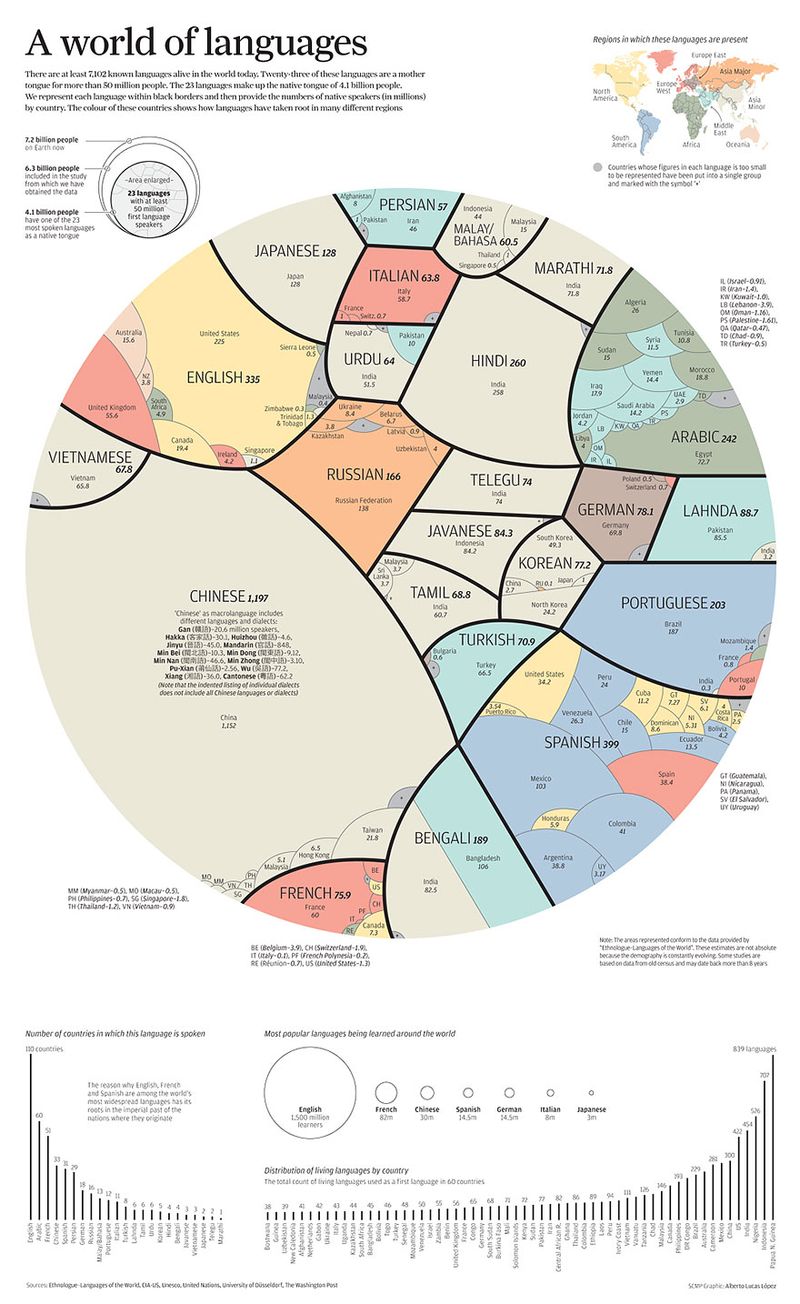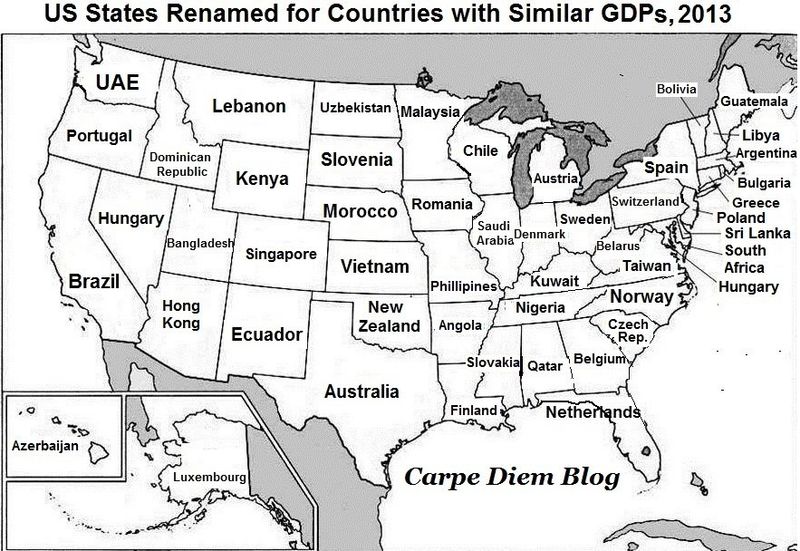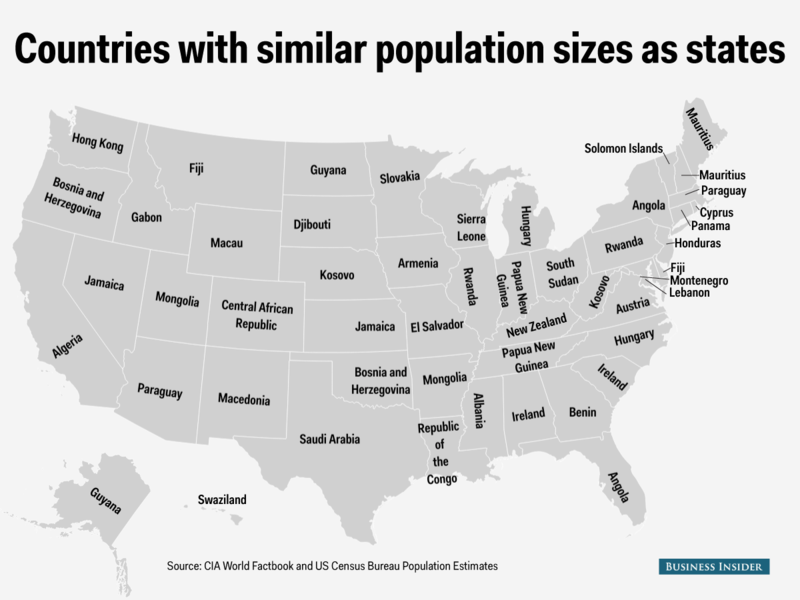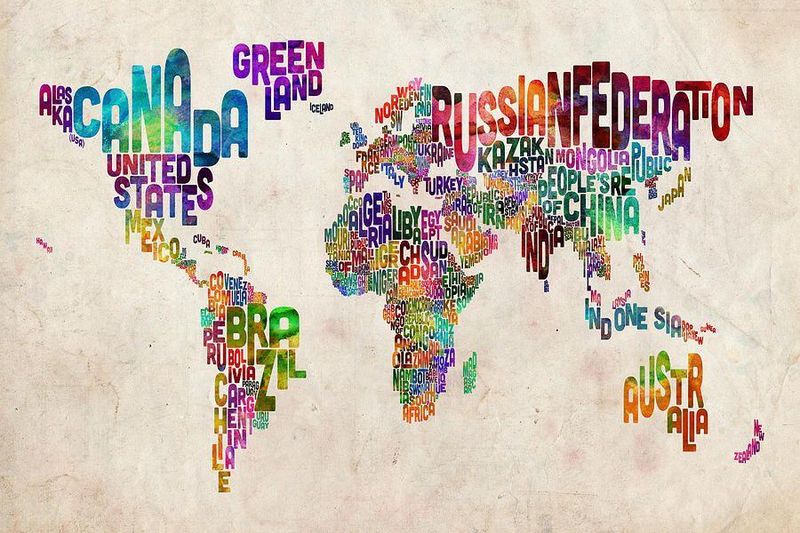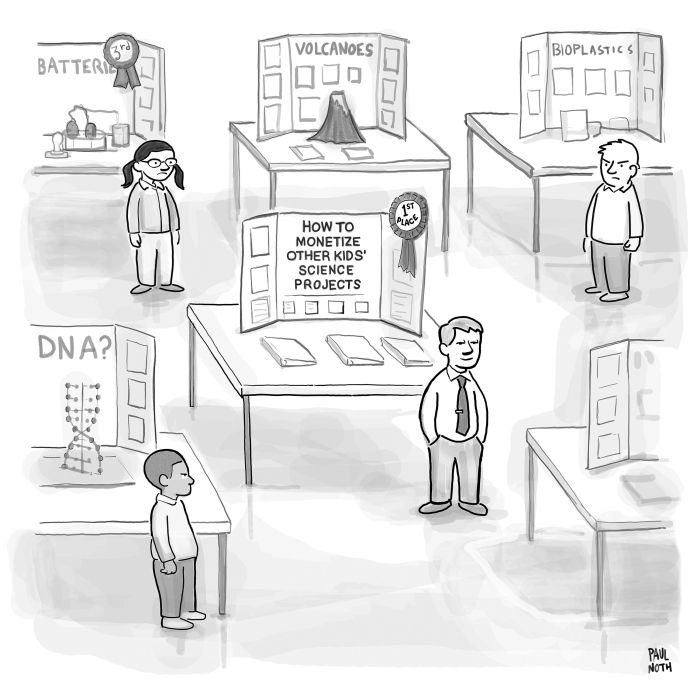Where do you believe major economies are in their economic cycle?
Here is a chart that tries to make sense of current economic data and trends in growth rates.
via Financial Sense.
It shows the Eurozone, Japan, and India in the beginning phase of an expansion, the US and the UK near the peak; Australia and Canada decelerating, and China, Russia, and Brazil near a trough.
Although this chart uses the metaphor of a roller coaster in terms of the ups and downs, peaks and troughs, of an economic cycle … it should be noted that these are slow moving trends that typically last for years.
Moreover, unlike a roller coaster where each car is separated on the track and moving at the same speed (thankfully, to prevent collision), there is no predictable or constant velocity for each nation as they move from one phase to another.
It also pays to remember that the market doesn't equal the underlying economy.


